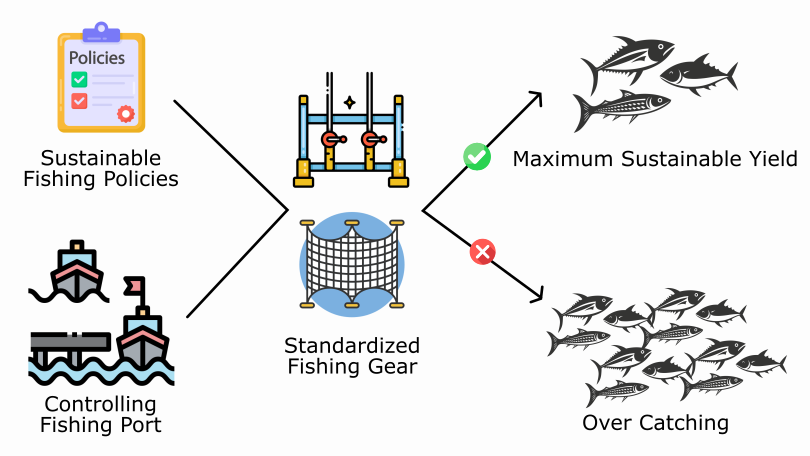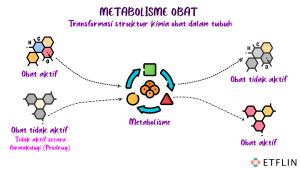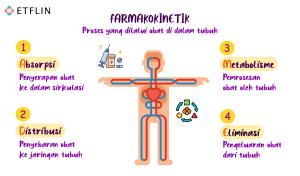
 ETFLIN
Notification
ETFLIN
Notification

Large pelagic fish such as tuna, skipjack, and mackerel are key export commodities for fishers at Bungus Oceanic Fishing Port due to high demand and their importance in processed fish products. This study analyzed trends, sustainable potential, and utilization levels of these resources in the wester...
More
Research Article
Open Access
Monday, 30 June 2025
Potential of Chitosan from Mangrove Snail Shells (Telescopium sp.) in Body Scrub Formulation
by Kevin Andreas Sihombing et al.

Research Article
Open Access
Monday, 30 June 2025
Sex Ratio and Gonadal Maturity of Marble Goby (Oxyeleotris marmorata) in Lake Tempe, Indonesia
by Nurul Mutiara Irwan et al.

Research Article
Open Access
Monday, 30 June 2025
Study of Mineral Content in Pond Water for Traditional Farming of Black Tiger Shrimp (Penaeus monodon) in Tarakan City
by Serianto Simon et al.

Research Article
Open Access
Monday, 30 June 2025
Effectiveness of Freshwater Mussel (Pilsbryoconcha exilis) as a Biofilter Medium in Improving Water Quality
by Nuraisyah Nuraisyah et al.

Research Article
Open Access
Monday, 30 June 2025
Sustainable Harvest of Large Pelagic Fish in the Western Sumatra Sea
by Desta Hutagaol et al.

News
Wednesday, 23 April 2025
ETFLIN dan Chemical Abstracts Service (CAS): Kerja Sama Strategis untuk Visibilitas Ilmiah Global
by SciPhar Editor

News
Thursday, 17 April 2025
Sciences of Pharmacy Terakreditasi SINTA 2 Sejak Pengajuan Pertama: ETFLIN Buktikan Komitmen Terhadap Kualitas Sejak Awal
by SciPhar Editor

News
Tuesday, 18 March 2025
Pertahanan Terakhir Sumatra: Pelajaran dari Perjuangan Hutan Harapan Melawan Deforestasi
by SciPhar Editor

News
Wednesday, 12 March 2025
Mengatasi Gelombang Plastik: Apa yang Membuat Orang Indonesia Menerima Larangan Plastik Sekali Pakai?
by SciPhar Editor

News
Tuesday, 11 March 2025
Puasa Ramadan Tingkatkan Autophagy: Kunci Kesehatan Seluler dan Metabolisme?
by SciPhar Editor

Education
Monday, 25 September 2023
Prinsip metabolisme dan eliminasi obat dalam tubuh
by SciPhar Editor




Research Article
Open Access
Monday, 30 June 2025
Desta Hutagaol et al.
MoreAbstract: Large pelagic fish such as tuna, skipjack, and mackerel are key export commodities for fishers at Bungus Oceanic Fishing Port due to high demand and their importance in processed fish products. This study analyzed trends, sustainable potential, and utilization levels of these resources in the western Sumatra Sea. Research conducted from March 17 to April 1, 2023, used a descriptive quantitative survey and literature review, with catch and effort data from 2015 to 2022 processed using Microsoft E...

Review
Open Access
Monday, 12 May 2025
Nur Rahmi Hidayati et al.
MoreAbstract: Diabetes mellitus is currently one of the global health threats. The prevalence and incidence of this disease continue to increase, both in industrialised and developing countries, including Indonesia. There are different types of DM marker gene polymorphisms in each racial group. These genetic variations contribute to the response of oral antidiabetic drugs. This article aims to conduct a narrative review of the influence of gene polymorphisms on oral antidiabetic drug response in patients with...

Public Insight
Open Access
Thursday, 13 February 2025
Munir Alinu Mulki et al.
MoreAbstract: Antibiotics are substances or compounds that are either synthetically produced or naturally generated by microorganisms, especially fungi. They are used as inhibitors of other microorganisms. The use of antibiotics in humans is based on their minimal toxicity to the human body. Inaccurate and prolonged use of antibiotics can lead to the development of resistance. A step taken to minimize antibiotic resistance is the introduction of the 2023 PITIK (Penyuluhan Informasi Tentang Antibiotik) program...

Research Article
Open Access
Friday, 27 December 2024
Ivan Ivanov et al.
MoreAbstract: This study focuses on the development of a chitosan-based hydrogel incorporating polyvinylpyrrolidone and polyhexamethylene guanidine hydrochloride for the rehabilitation of damaged and contaminated skin. The thermal properties of chitosan-containing films were characterized by measuring the glass transition temperature (Tg) using differential scanning calorimetry. Due to challenges in accurately determining the Tg of chitosan from experimental and literature data, an additional method, dynamic ...

Review
Open Access
Wednesday, 27 November 2024
Abdul K. Jaleel et al.
MoreAbstract: The Banana (Musa paradisiaca Linn., Family: Musaceae) is one of the oldest and most widely cultivated fruit plants, dating back to prehistoric times. Bananas are rich in minerals and phytochemicals, contributing to their significant culinary, nutritional, and medicinal properties. This review analyzes 191 peer-reviewed articles published between 1981 and July 2023 to comprehensively assess the health benefits of bananas. Studies highlight their effectiveness in reducing inflammation, can...
As a publisher, we create, store, and utilize cookies to enhance the features and services we provide. Several necessary cookies are implemented as part of the website's functionality.
_ga | etflin.com
The purpose of this cookie, set by Google Analytics, is to track the number of site visitors by remembering whether or not you have previously visited our website.
The following cookies are utilized to identify and authenticate users. By utilizing our service and registering an account within our system, you are consenting to the use of the following cookie. We do not share this data to any third party.
username | etflin.com
We employ this cookie to recognize users who have logged into the user system, ensuring that the data you manage is labeled with your username.
email | etflin.com
Email is utilized as our communication tool to send notifications, conduct initial registration verification, and account filtering.
name | etflin.com
We utilize your name to display on the website menu, indicating that you have successfully logged into the system.
token | etflin.com
We use a token to authenticate and identify your login session.
We Revolutionize Sciences, We Publish Sciences, We Are Scientist
ETFLIN